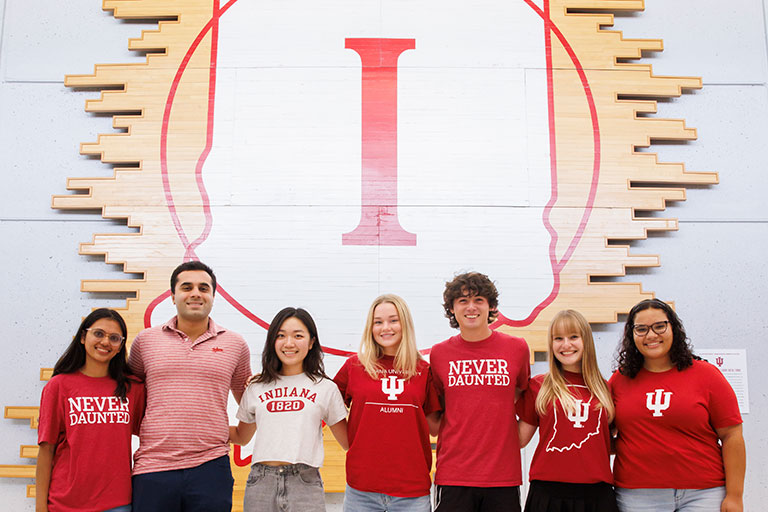IRAs offer opportunities
Although IRAs are a retirement savings tool, they also offer unique opportunities for meaningful charitable gifts: qualified charitable distributions (QCDs) and beneficiary designations.
Traditional QCD
IRA owners age 70½ or older can use a traditional QCD to make a direct transfer from an IRA to IU. Though no charitable deduction is allowed for the gift, no tax is due on the transfer—the entire amount goes to support our work. In addition, the transfer counts toward your required minimum distribution (RMD) if one is due (generally, at age 73). For donors who qualify, the opportunity to satisfy distribution requirements through a tax-free transfer to us is a simple, effective way to give year after year up to the annual aggregate limit ($108,000 in 2025).
One-Time QCD
IRA owners age 70½ or older have another QCD option: a one-time distribution of up to $54,000 (in 2025) directly from an IRA to create a new charitable gift annuity (CGA) or a charitable remainder trust (CRT), which can be either a charitable remainder unitrust (CRUT) or charitable remainder annuity trust (CRAT). Like the traditional QCD, the tax-free distribution counts toward your RMD if one is due. However, this option allows you to not only make a gift but also secure an income stream from the CGA or CRT.
A few items to note on QCDs:
- The $54,000 limit is part of the larger $108,000 annual limit (not in addition to it).
- Spouses may contribute $54,000 each from their own IRAs ($108,000 total) to create a single CRT or a joint-life CGA.
- CGA or CRT payments may go to the donor and/or the donor’s spouse.
- CGAs must be immediate, not deferred.
- CGA or CRT payments are taxed entirely as ordinary income. No portion of any payment will be considered tax free or taxed as capital.
- The QCD limits are indexed annually for inflation.
Beneficiary designations
Another opportunity for supporting Indiana University through your IRA is to name us as a full or partial beneficiary of the account—something you can do at any age. If you are considering a legacy gift and own assets such as appreciated property in addition to your IRA, there is a good reason to consider leaving IRA assets to us and the appreciated property to heirs. Here’s why: retirement assets left to beneficiaries are fully taxable to them when they are withdrawn, and there are requirements for the timing of the withdrawals. By contrast, taxes on appreciated property (securities or real estate) are due only when the asset is sold, so your heirs are taxed only on the amount the property appreciates after the asset becomes theirs. Also, there are no requirements for when the property must be sold.



